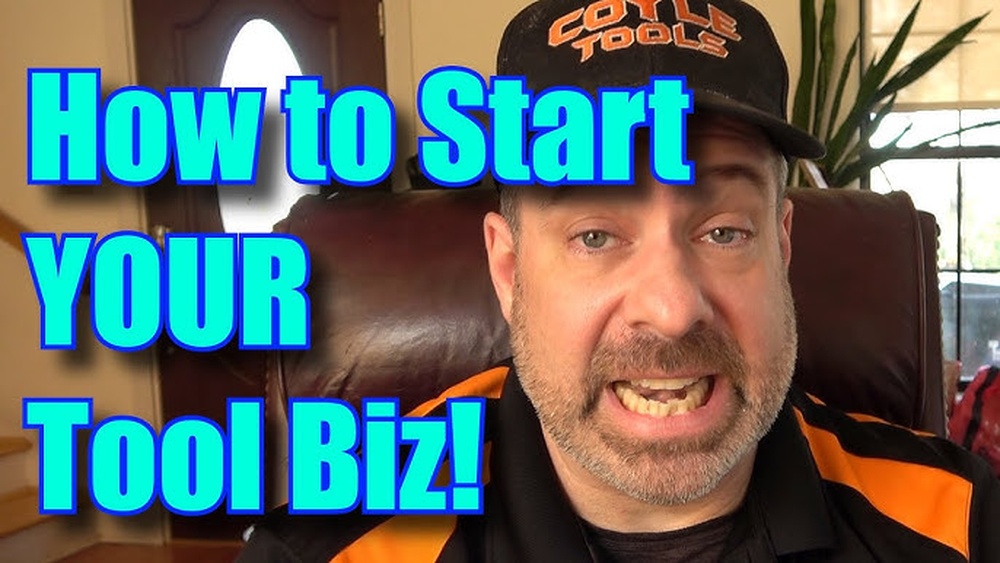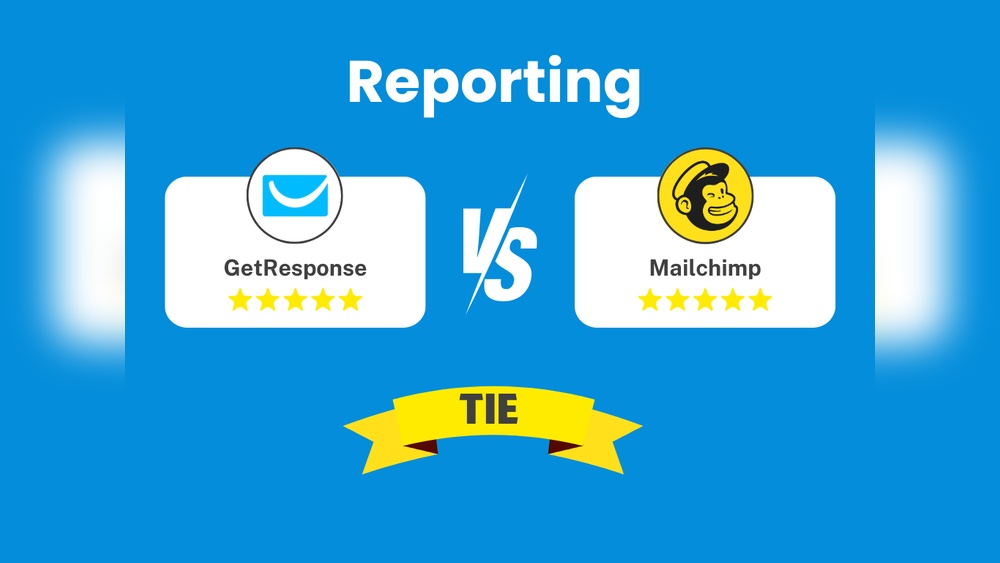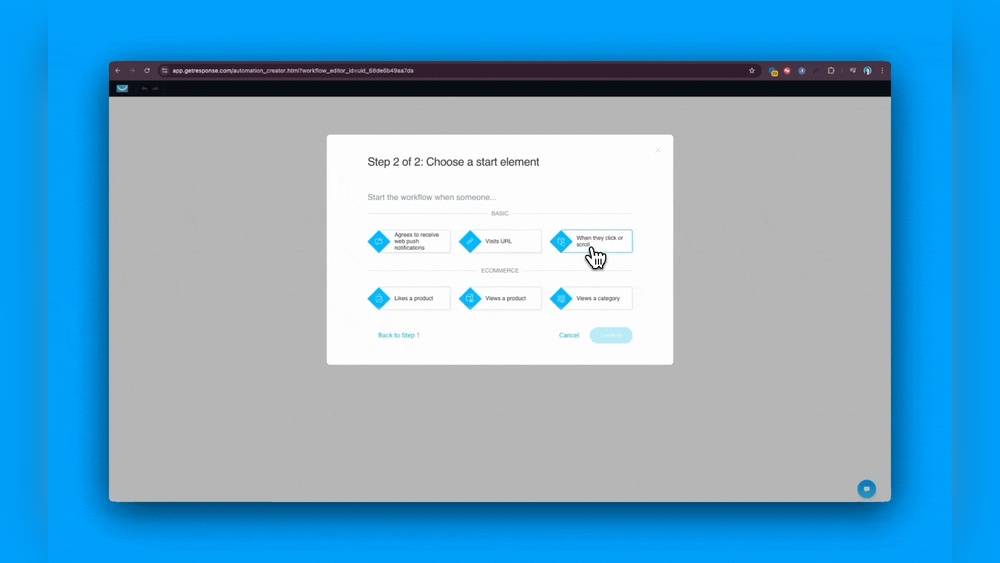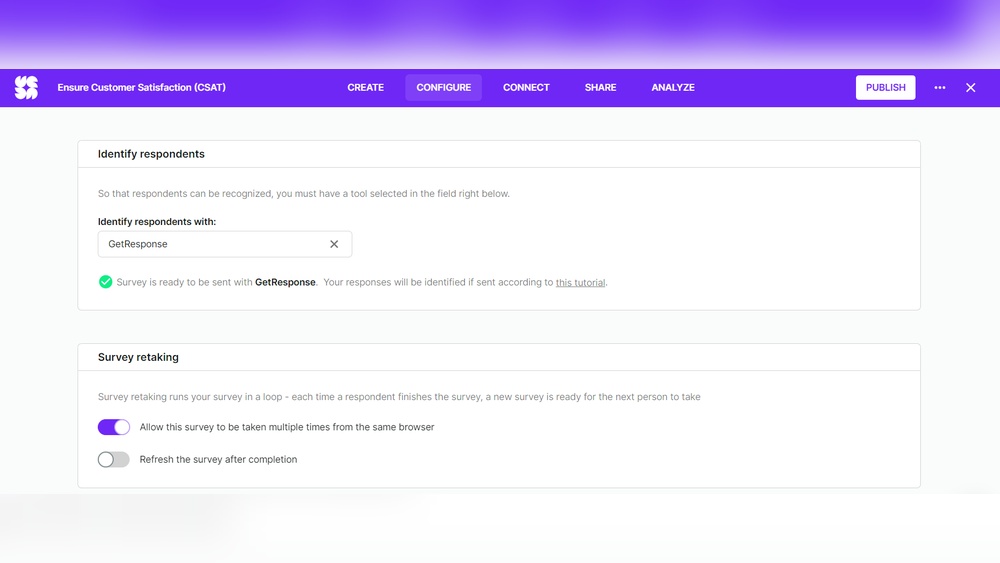Are you ready to take control of your future and build a business on wheels? Starting a tool truck business offers a unique opportunity to serve professionals who rely on quality tools every day.
Imagine driving your own truck, managing your inventory, and connecting directly with customers—all while growing a profitable venture. But how do you get started? From choosing between a franchise or going independent, to handling inventory, licensing, and funding, there are key steps you need to know.
Keep reading, and you’ll discover practical, clear guidance to launch your tool truck business with confidence and set yourself up for lasting success. Your path to becoming a trusted tool dealer begins here.
Choosing Your Business Model
Choosing the right business model is a key step to start a tool truck business. This choice shapes your daily work, costs, and growth. It helps set clear goals and expectations. Two main paths exist: joining a franchise or going independent. Each path has its own style and rules. Understanding these options helps you pick the best fit for your goals and skills.
Franchise Vs Independent
A franchise means buying rights to sell tools under a known brand. You get training, support, and marketing help. The brand guides many decisions. Independence means starting your own brand. You choose what to sell and how to work. You control all aspects but face more risks.
Pros And Cons Of Each Path
Franchises offer brand recognition and steady customers. They lower some risks with proven systems. But franchises need fees and follow strict rules. Independence allows freedom in products and pricing. You build your own brand and customer base. However, you start with less support and higher risk. Think about your budget, skills, and comfort with rules.
Selecting The Right Brand
For franchises, pick a brand with good reputation and support. Check training quality and franchise fees. Look at the brand’s market reach and customer loyalty. For independents, research tool suppliers carefully. Choose reliable products with strong demand. Your brand should match local market needs. Good choices increase your chance of success.
Creating A Business Plan
Creating a business plan is a vital step in starting a tool truck business. It acts as a roadmap to guide your daily operations and long-term goals. A well-crafted plan helps you understand the market and manage your finances effectively. It also prepares you for challenges and opportunities ahead.
Market Research
Market research helps identify demand for tool trucks in your area. Study your competitors and what they offer. Find gaps you can fill with your products or services. Research local industries that use tools often, such as construction or automotive. This insight shapes your strategy and pricing.
Target Customers
Define who will buy from your tool truck. Focus on tradespeople like mechanics, electricians, and plumbers. Understand their needs and buying habits. Tailor your product selection to meet their preferences. Build relationships by providing reliable service and quality tools.
Financial Projections
Estimate your startup costs, including the truck, inventory, and licenses. Calculate monthly expenses such as fuel, maintenance, and marketing. Forecast your sales based on market research and customer demand. Plan for profit margins and break-even points. Financial projections keep your business on track.
Securing Funding
Starting a tool truck business requires careful planning of your finances. Securing funding is a crucial step. You need enough money to cover all costs and keep your business running smoothly. Understanding where your money goes helps you prepare a strong funding plan. This section breaks down the main costs involved in starting and maintaining a tool truck business.
Initial Investment Costs
The first expense is buying or leasing a truck. Choose a vehicle that suits your business size and needs. Next, consider the cost of branding your truck with logos and contact details. You also need permits and licenses to operate legally. These upfront costs can add up but are necessary for a solid start.
Inventory And Equipment Expenses
Your truck needs to carry a variety of tools and equipment. Stocking popular brands and items attracts customers. Inventory costs depend on the size and type of tools you want to sell. Also, invest in storage racks and display systems inside the truck. Quality equipment ensures your tools stay safe and organized.
Ongoing Operating Costs
Running a tool truck business involves daily expenses. Fuel and maintenance keep your truck on the road. Insurance protects your vehicle and inventory from risks. Marketing and customer service help grow your customer base. Plan your budget to cover these ongoing costs for long-term success.

Credit: www.tooltrucksforsale.com
Legal Setup And Licensing
Starting a tool truck business requires careful attention to legal setup and licensing. These steps protect your business and keep it running smoothly. Understanding business structures, permits, and insurance helps you avoid legal problems.
Business Structure Options
Choose the right business structure for your tool truck business. Common options include sole proprietorship, partnership, LLC, and corporation. Each has different tax and liability rules. A sole proprietorship is simple but offers less protection. An LLC provides liability protection and tax flexibility. Corporations are more complex but good for larger businesses. Pick a structure that fits your needs and goals.
Required Permits And Licenses
Obtain all necessary permits and licenses before starting. Check local, state, and federal requirements for mobile businesses. You may need a general business license. A commercial driver’s license could be required if your truck is large. Some areas require health or safety permits. Register your business name with the state. Keep all licenses up to date to avoid fines or closure.
Insurance Needs
Insurance protects your tool truck and business assets. Consider commercial auto insurance for your vehicle. General liability insurance covers accidents or damages. Workers’ compensation insurance is important if you hire employees. Some clients may require proof of insurance before doing business. Shop around for policies that fit your budget and risks. Proper insurance gives peace of mind and legal safety.
Purchasing And Outfitting Your Truck
Purchasing and outfitting your truck forms the backbone of your tool truck business. The right vehicle ensures smooth operations and efficient service. Customizing the truck for tool storage helps keep your inventory organized and accessible. Regular maintenance guarantees your truck stays reliable and professional on the road.
Choosing The Right Vehicle
Select a truck that fits your budget and business needs. Consider size, fuel efficiency, and durability. A medium to large truck with a strong engine works best. Check for good suspension and easy maneuverability in city areas. Make sure the truck has enough space for tools and products.
Customizing For Tool Storage
Organize your tools with shelves, drawers, and bins. Use heavy-duty racks to keep tools secure during travel. Label storage areas clearly for fast access. Install lighting inside the truck to improve visibility. Add a workbench or counter space for on-site repairs or demonstrations.
Maintenance And Upkeep
Keep your truck clean and in good condition. Schedule regular oil changes and tire checks. Inspect brakes, lights, and engine performance often. Fix any damages quickly to avoid costly repairs. A well-maintained truck shows professionalism and builds customer trust.
Building Inventory
Building inventory is a crucial step in starting a tool truck business. It sets the foundation for your sales and customer satisfaction. Choosing the right tools and keeping enough stock ensures smooth operations. You want to offer products that professionals trust and need every day. Proper inventory management helps avoid running out or overstocking.
Selecting Tool Brands And Products
Pick well-known brands with a strong reputation. Quality tools attract loyal customers who value reliability. Include a mix of hand tools, power tools, and accessories. Focus on products used in automotive, construction, and industrial work. Keep an eye on trends and customer preferences. Stock popular items that sell fast and specialty tools that fill gaps.
Managing Inventory Levels
Track your stock regularly to know what sells best. Keep enough inventory to meet demand but avoid excess. Use simple tools or software to monitor sales and stock levels. Reorder before running low to prevent missed sales. Rotate stock to avoid obsolete or expired products. Efficient inventory management saves money and keeps customers happy.
Supplier Relationships
Build strong connections with reliable suppliers. Good suppliers offer better prices and faster delivery. Communicate clearly about your needs and order schedules. Develop trust to get priority during shortages or promotions. Explore multiple suppliers to compare options and reduce risks. Strong relationships help your business run smoothly and grow steadily.
Sales And Customer Service
Sales and customer service form the heart of any tool truck business. Your ability to sell tools and maintain good relationships with customers shapes your success. Customers expect not only quality products but also friendly, helpful service. Satisfied customers return and recommend your business to others. This section covers key strategies to improve your sales and enhance customer satisfaction.
Effective Selling Techniques
Start by knowing your products well. Understand each tool’s features and benefits clearly. Listen carefully to your customers’ needs. Ask questions to find the right tools for their work. Show how your tools save time and effort. Use demonstrations to build trust and interest. Keep your sales pitch simple and honest. Avoid pushing products customers do not need. Follow up with prospects to answer their questions. Consistent communication helps close more sales.
Building Customer Loyalty
Trust grows from good service and reliability. Always arrive on time and be professional. Remember your customers’ names and preferences. Offer personalized recommendations based on past purchases. Give small discounts or rewards for repeat business. Keep in touch through calls or messages about new products. Handle complaints quickly and fairly. A loyal customer is your best advertisement. They often bring referrals and steady income. Focus on long-term relationships, not just quick sales.
Handling Returns And Warranties
Clear policies on returns and warranties build confidence. Explain these policies to customers during the sale. Accept returns promptly and without hassle. Check returned items carefully and issue refunds or exchanges quickly. Help customers understand warranty coverage and how to claim it. Keep records of all returns and warranty claims. Fair handling of problems shows you stand behind your products. This approach reduces disputes and keeps customers happy.

Credit: www.ldvusa.com
Marketing Your Business
Marketing your tool truck business is key to building a steady customer base. Without effective promotion, even the best service may go unnoticed. Focus on strategies that connect you directly with tradespeople and local buyers. Use clear, simple messages to highlight your product range and reliability. This approach helps customers remember your business and trust your offerings. Consistent marketing efforts will grow your reputation and sales over time.
Local Advertising Strategies
Use flyers and posters at hardware stores and community centers. Advertise in local newspapers and trade magazines. Attend local trade shows and fairs to showcase your tools. Sponsor local sports teams or events for brand visibility. Place ads on community bulletin boards and in newsletters. These methods reach people in your area who need your products.
Networking With Tradespeople
Build strong relationships with contractors, electricians, and plumbers. Visit job sites to introduce yourself and offer tool demonstrations. Ask satisfied customers for referrals and testimonials. Join local trade associations and attend their meetings. Personal connections lead to repeat business and word-of-mouth marketing. Trust and reliability are crucial for long-term success.
Leveraging Social Media
Create business pages on Facebook, Instagram, and LinkedIn. Share photos and videos of your tools and truck in action. Post helpful tips and how-to guides for tool use and maintenance. Respond quickly to comments and messages to engage followers. Use local hashtags to reach nearby tradespeople and businesses. Social media builds awareness and connects you with a wider audience.
Managing Daily Operations
Managing daily operations is key to running a successful tool truck business. Smooth operations keep customers happy and the business profitable. Focus on efficient processes that save time and reduce costs. Pay attention to the details of each task. Proper management leads to steady growth and fewer problems.
Route Planning And Scheduling
Plan your routes carefully to reach customers quickly. Use maps and GPS tools to find the best paths. Schedule visits to avoid traffic and save fuel. Keep a consistent timetable so customers know when to expect you. Adjust routes based on demand and special requests.
Record Keeping And Accounting
Track all sales and expenses daily. Use simple software or paper logs to record transactions. Keep receipts and invoices organized for easy access. Review financial records regularly to spot issues early. Accurate records help with taxes and business decisions.
Fuel And Maintenance Tracking
Monitor fuel use to control costs. Record mileage and fuel purchases after each trip. Schedule regular vehicle maintenance to prevent breakdowns. Keep a log of repairs and service dates. Well-maintained trucks run better and last longer.

Credit: cornwellfranchise.com
Scaling Your Business
Scaling your tool truck business is essential for long-term success. Growth means reaching more customers and increasing revenue. It requires strategic planning and smart decisions. Focus on key areas to expand your operations effectively. This section covers important steps to help you scale smoothly.
Hiring Additional Drivers
Adding more drivers helps cover a larger area. It increases your sales potential and customer reach. Train new drivers well to maintain service quality. Ensure they understand your product range and customer needs. Proper scheduling keeps routes efficient and reduces downtime. More drivers mean faster deliveries and happier customers.
Expanding Product Offerings
Offering more products attracts diverse customers. Add tools that complement your current inventory. Listen to customer requests to find popular items. Stocking a variety keeps clients coming back for more. Regularly update your stock to stay competitive. A wider range can boost your sales and profits.
Exploring New Markets
Entering new markets grows your customer base. Research areas with demand but low competition. Start small to test the market’s response. Adapt your approach based on local needs. New markets bring fresh opportunities and increase brand awareness. Expand gradually to manage risks and costs.
Frequently Asked Questions
How Much Do Tool Truck Drivers Make?
Tool truck drivers earn between $39,000 and $82,000 annually, averaging around $55,000. Pay varies by location and experience.
How Much Do Matco Tool Truck Drivers Make?
Matco tool truck drivers earn between $55,000 and $82,000 annually. Hourly wages range from $19 to $39, depending on experience and location.
What Is The Failure Rate Of Snap-on Tools Franchise?
The failure rate of Snap-on Tools franchise is relatively low due to strong brand support and proven business model. Success depends on dedication and market conditions.
How Much Does It Cost To Own A Snap-on Truck?
Owning a Snap-on truck costs $150,000 to $200,000 initially. Ongoing expenses include inventory, fuel, maintenance, insurance, and franchise fees.
Conclusion
Starting a tool truck business takes planning and hard work. Choose the right tools and suppliers carefully. Build strong relationships with your customers every day. Keep track of costs to stay profitable and grow. Stay focused and patient as your business develops.
Success comes from consistent effort and smart decisions. Your tool truck can become a steady income source. Take small steps and learn from each experience. The journey is challenging but rewarding in the end.







